Kang the Conqueror - the powers and origin of the MCU villain
Everything you need to know about Kang the Conqueror, the next big MCU supervillain

Kang the Conqueror is now starring in Ant-Man and the Wasp: Quantumania, after actor Jonathan Majors made his debut as Kang Variant He Who Remains in season 1 of the Loki Disney Plus series.
And spoiler warning for Quantumania - it may be an MCU 'Empire' moment like Avengers: Infinity War was to Endgame considering Kang the Conqueror will return and presumably be ruling over a dynasty the Avengers have to go up against in 2025's Avengers: Kang Dynasty, that leads directly into 2026's Avengers: Secret Wars.
Whew!
One of Marvel Comics' greatest and oldest supervillains, debuting nearly 60 years ago in 1964's Avengers #8, Kang is the master of time and space in Marvel comic books, a conqueror (as his title suggests) of multiple eras and worlds in the Multiverse.

Time travel in genre fiction is often head-scratching and paradox-inducing, and Kang's history is by no means an exception. His six-decade history is highly complex and sometimes daunting (a less kind way would be to say confusing), especially considering his incessant habit of creating variant identities like he Who Remains.
But despite all his complex continuity, Kang is also regarded as one of the Avengers' greatest villains with legitimate depth and nuance as a character. And with his connections to the wider Marvel Universe, including the Young Avengers, Iron Man, and especially the Fantastic Four, the character seems poised to become a lynchpin of the new phase of the MCU.
With Kang's MCU introduction now on the books in Ant-Man and the Wasp: Quantumania, and the concept of his variants set to play a significant role in what's next for the MCU, Newsarama is firing up the TemPad (or Time Platform, to use comic book parlance) and taking you on a deep dive through the history - or histories - of Kang the Conqueror, and how his many lives could fit into the MCU.
Get the best comic news, insights, opinions, analysis and more!
Who is Kang?
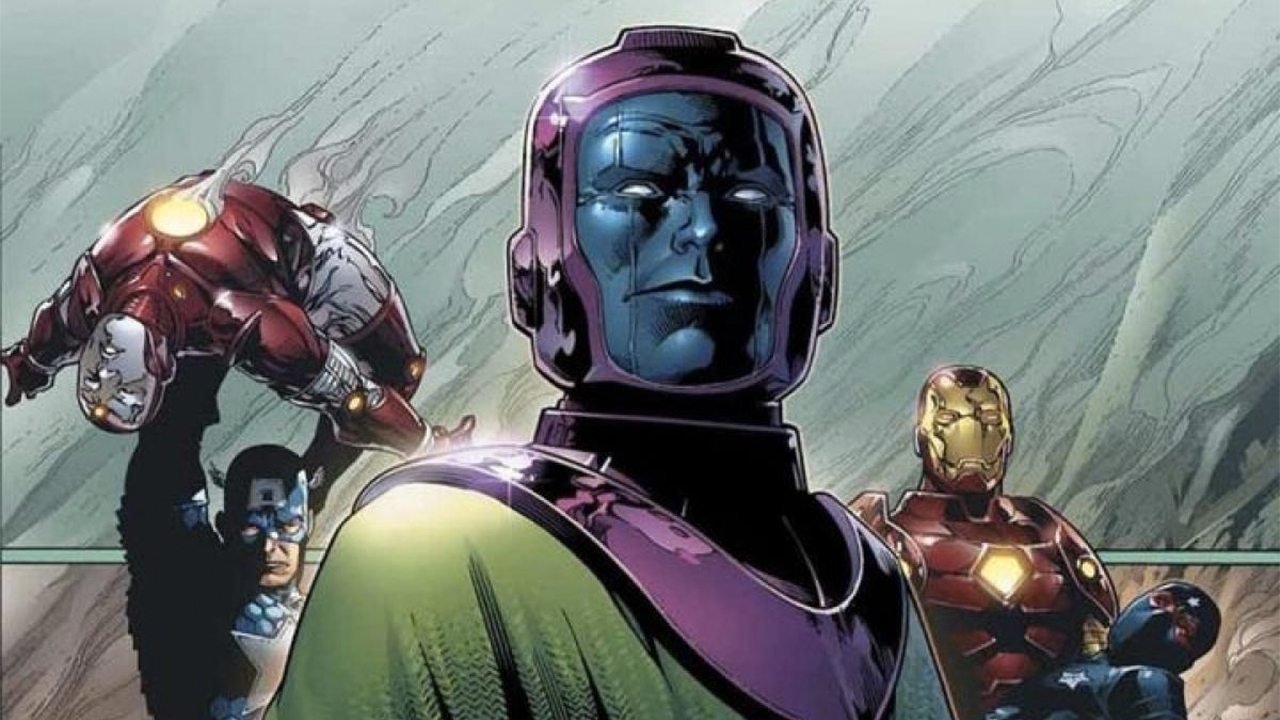
Answering the question of who Kang is might be the hardest part of understanding him.
Kang was originally a 31st-century scientist named Nathaniel Richards – a descendant of both Reed Richards and Doctor Doom, more on that later - but it's not so cut-and-dried as that.
Kang has taken numerous identities throughout his history, often interacting with Marvel's heroes as a variety of villains, some of whom have even appeared simultaneously to oppose each other. This has created a huge web of appearances of Kang, some of which are contradictory and many of which take place at similar points in the timeline of the Marvel Universe, but at wildly different points in Kang's life.
While it would be all but impossible to quickly run down every time Kang has shown up or to create a true timeline of his appearances, there are some significant things to know about him that are likely to inform his role in the MCU.
As we said, Kang started out as Nathaniel Richards – a descendant of both Reed Richards, AKA Mr. Fantastic of the Fantastic Four, and his arch-enemy Victor Von Doom.
Kang (then still simply Nathanial Richards) first discovered time travel through the power of his ancestor Doom's time platform, using the technology to travel to ancient Egypt and become the pharaoh Rama-Tut – a villain who was defeated by a time-displaced Fantastic Four, who set the timeline right and sent Nathaniel Richards far into the future.
This is where the identity of Kang comes in.
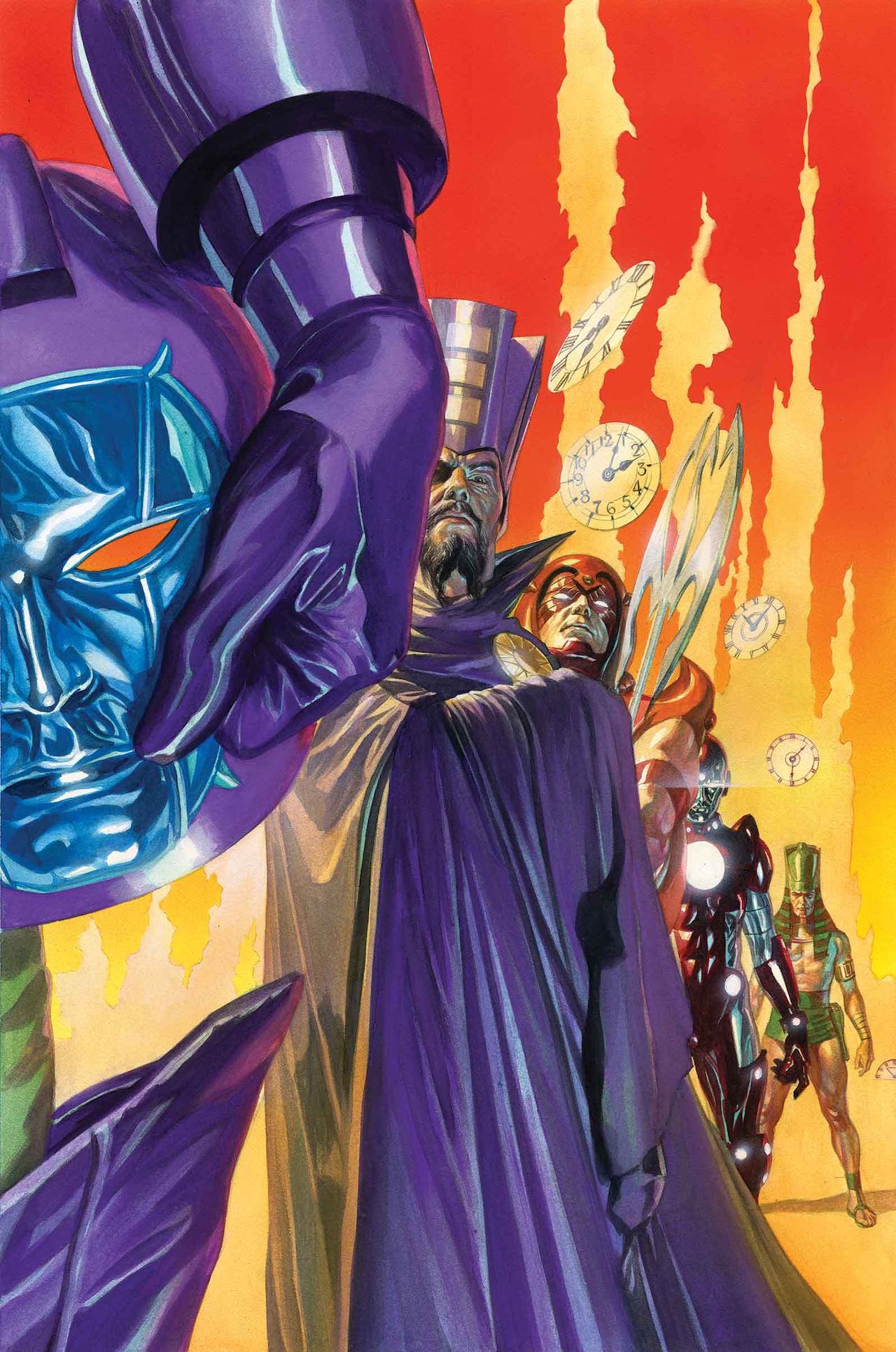
Arriving hundreds of years into the future of his own timeline, Nathaniel uses his knowledge of time travel and the technology of many different eras to conquer this future world, taking the name Kang, and vowing to conquer other eras as well, with his goal to eventually rule the entirety of history all at once.
Since then (and before then, and after then, and... time travel is a lot), Kang has challenged the Avengers numerous times, always attempting to defeat them and conquer Earth – and he's employed multiple identities to do it.
In fact, Kang has had so many different identities that there's literally an entire organization of his different incarnations, many of whom really don't get along, called the Council of Cross-Time Kangs (Loki episode 6 even makes a nod to the Council - we'll get into it).
So who are the other identities Kang has employed? Here are just a few.
Kang's primary alt-identity is Immortus, a much older version of the villain who has often run afoul of both the Fantastic Four and the Avengers, and who is an agent of the Time-Keepers, the last living beings of the Marvel Universe in Immortus's timeline.
He is tasked with maintaining the integrity of the timeline, something he's often taken harsh and downright villainous tactics to pursue. He appears to have been adapted into the MCU under the name 'He Who Remains,' a separate Marvel Comics character who is not a Kang variant.
And we mentioned Rama-Tut, an early enemy of the Fantastic Four, and Nathaniel Richards's first villainous identity, who traveled in a flying pyramid.

Then there's Iron Lad of the Young Avengers – an armored hero who took his inspiration from Tony Stark, and who was actually a teenage version of Kang attempting to try his life over again as a hero. Iron Lad tragically returned to his own timeline due to issues with changing the past, leaving his life and memories as a hero behind to fulfill his destiny as Kang.
There's the Scarlet Centurion, an alien warrior who had a disturbing and complex relationship with Carol Danvers (AKA Captain Marvel), but ultimately proved to be another identity of Kang's – one which he later passed on to his son Marcus, an Avengers villain/supporting character with his own complex story.
Finally, Kang's other major identity is that of Victor Timely, a turn-of-the-century American living in Illinois in the early 1900s – who eventually inspired Professor Phineas Horton to build the original android Human Torch who fought alongside Captain America in World War II. The android body of the Human Torch was later used to build the Vision – who went on to try to defeat Kang by kidnapping him as a child, resulting in an even more fractured version of Kang with even more identities.
Interestingly, Kang's identity of Victor Timely gets a few nods in Loki, with the MCU version of Kang's lover Ravonna Renslayer's real name revealed as Rebecca Tourminet, an alias she used while Kang was going by Victor Timely, as well as the appearance of Alioth, an old enemy of Kang who is his most powerful rival in comic books, and who played a big role in Avengers: The Terminatrix Objective, which introduced Ravonna's Rebecca Tourminet alias.
That said, the version of Kang who comes to Ant-Man and the Wasp: Quantumania is based on the main version - though with at least one of his variants already onscreen, and a whole host of them waiting in the wings, it's very possible we'll see some of his other identities pop-up as well.
How does Kang fit into the Marvel Universe?
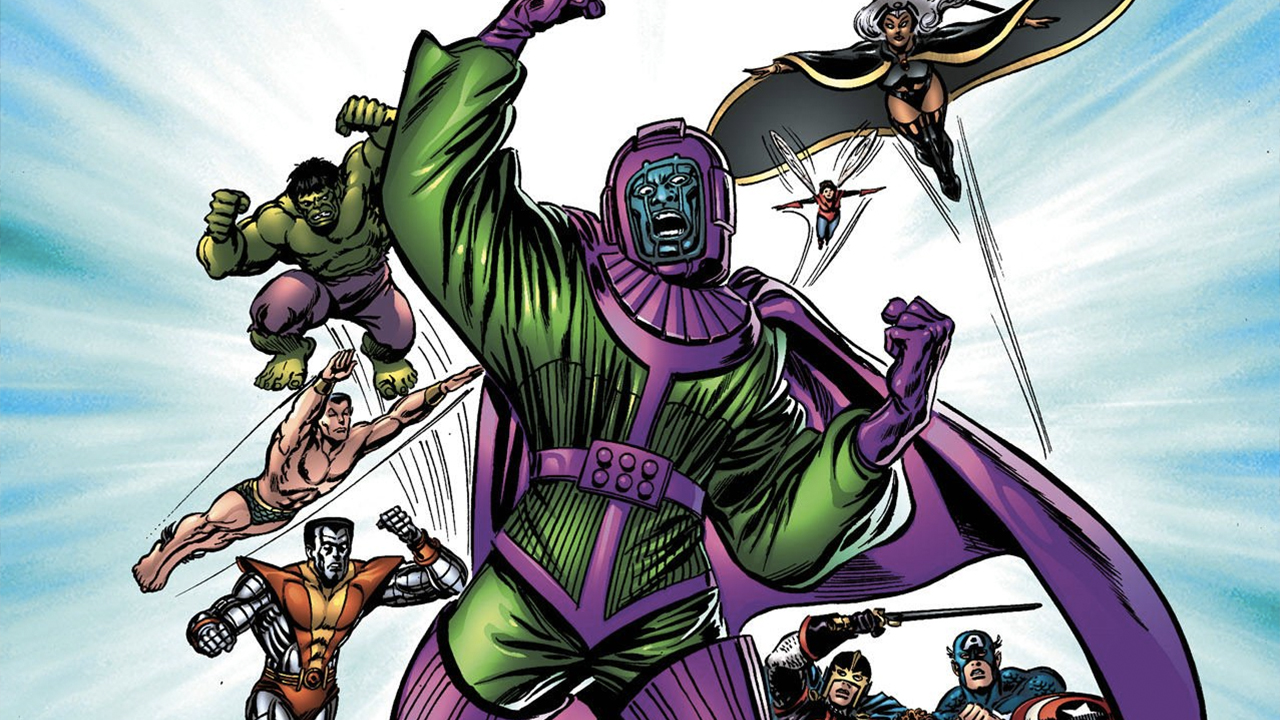
As we said, Kang has deep connections to many Marvel heroes. Most obviously, he shares a name with Reed Richards' father Nathaniel Richards. Complicating things even more, the original Nathaniel Richards (Reed's father) is also a time-traveler and in some realities has also been Kang, though in most cases they are descendants who share a name.
He's also a descendant of Doctor Doom, Reed's arch-enemy, and used Doom's time-travel technology to develop his own tech and weapons. He's even teamed up with Doom to challenge Marvel's heroes more than once.
And of course, there's Kang's Iron Man connection, not just through Kang's time as Iron Lad, but through one of the most notorious (and disliked) Avengers stories ever. In 'The Crossing,' Kang manipulates Tony Stark into becoming a villain, at which point he dies and is replaced with a teen version of Tony Stark from earlier in the timeline, all of which was eventually reversed through even more comic book science.

Kang also once teamed up with the Apocalypse Twins, mutants who were twisted by the X-Men villain Apocalypse to be his successors. Interestingly enough, it's that story that develops Kang's connection to the Wasp, who is trapped in a dystopian future world by Kang where she marries Havok of the X-Men and even has a child, though the relationship and the child were eventually erased when Wasp and Havok returned home (though not all the memories of that time went away).
Weirdly, the one time Kang fought Ant-Man and the Wasp by themselves, it was in a corporate tie-in comic for Synchrony Bank in which Ant-Man learns to open a savings account (yes, really).
Most importantly, Kang once actually managed to conquer the Avengers' whole timeline in the story Avengers: The Kang Dynasty (which lends its name to the just-announced film), taking over the world and imprisoning almost everyone who might be able to stop him, including Earth's Mightiest Heroes.
Of course, he was eventually defeated – but not before he and Captain America fought to the finish as a pair of gigantic holograms clashing in space above the Earth.
What are Kang's powers?
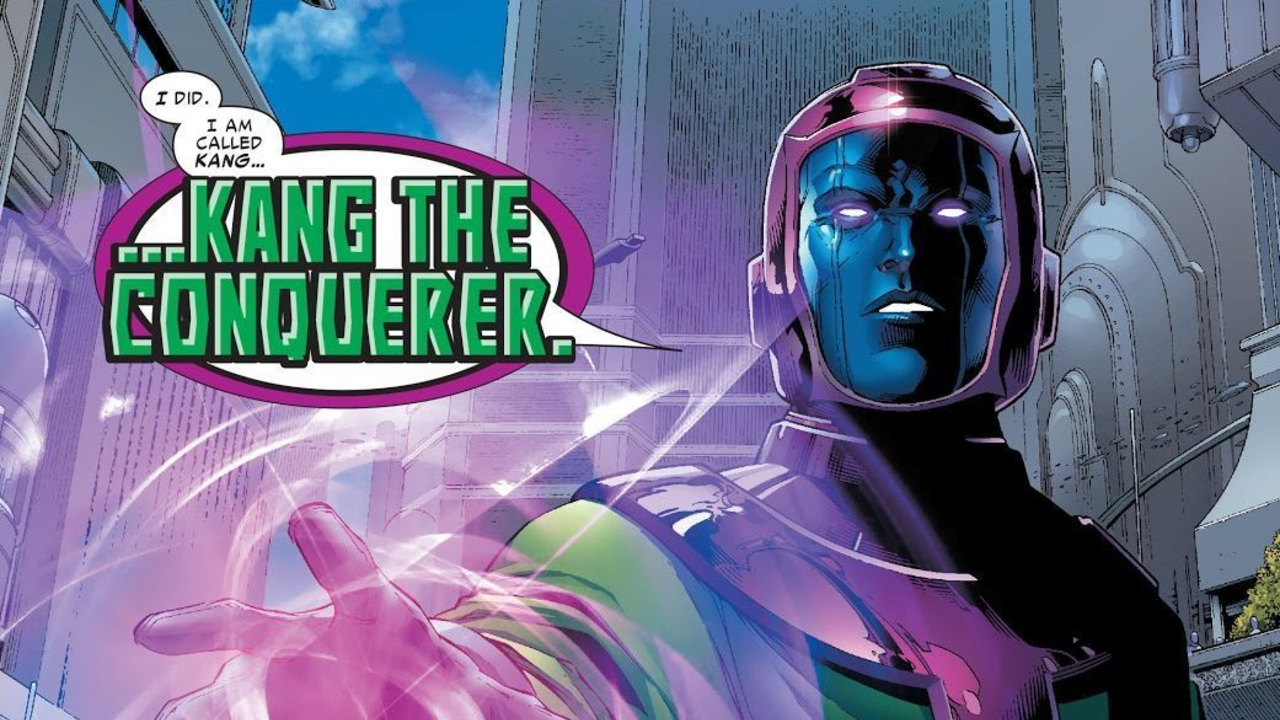
Kang actually doesn't have any powers of his own – but he is a gifted military strategist and combatant and has access not just to extensive weaponry from across all eras of history including the far future, he has unparalleled time-travel technology.
That weaponry includes his vaunted Damocles Base, a massive time-traveling starship shaped like a sword, which holds a massive arsenal of its own.
In the past, Kang has managed to launch attacks across multiple time periods at once, including in the story Avengers Forever, in which Immortus brings together a team of Avengers from across different eras to challenge his younger self.
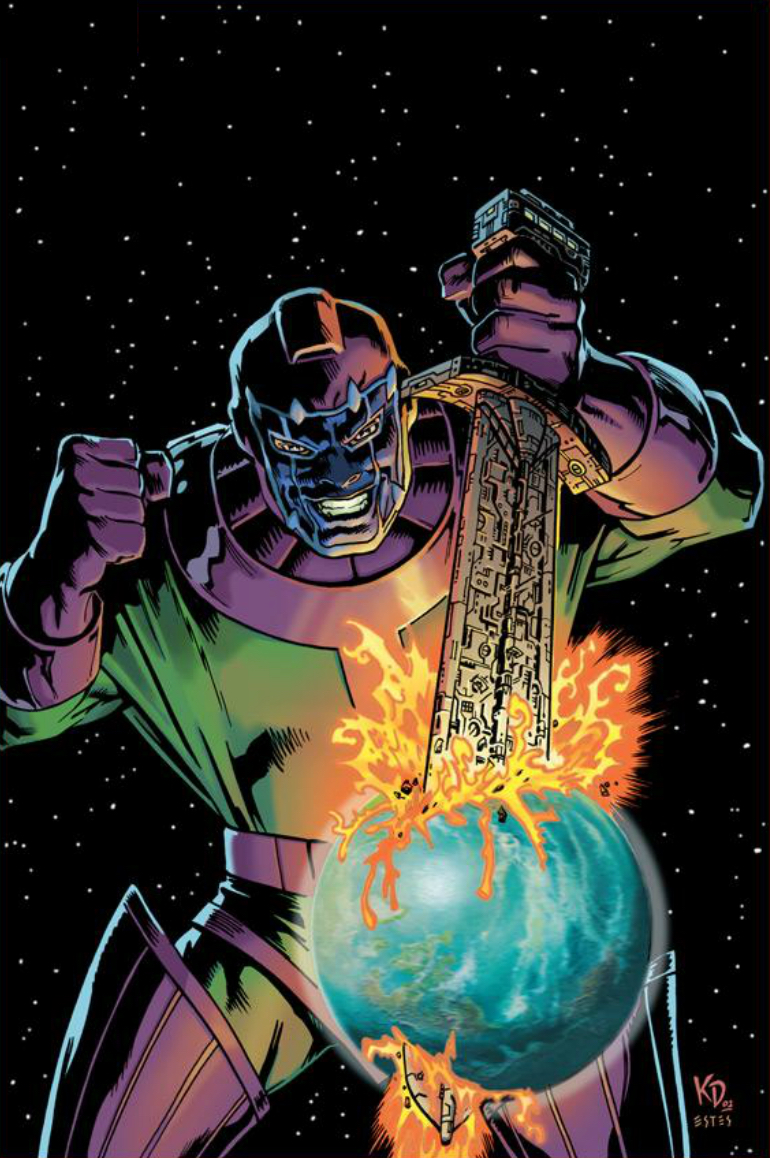
And aside from his weapons, Kang is sometimes backed by an army of potentially trillions of soldiers from all across time and space, which he has often employed against his enemies.
Likewise, Loki episode 6's variant Kang, He Who Remains, demonstrates that he doesn't seem to have powers of his own, but advanced knowledge of what will happen in his entire timeline up to a certain point, and the technology to manipulate time around him both in response to, and in preparation for his enemies.
All of that said, Kang does have one major weakness – his strict and strange code of honor, which has often led to his downfall. Though he's sometimes bent or tried to break these rules, Kang has a personal code that prevents him from defeating his enemies through treachery, such as going back in time and killing them as children.
To Kang, conquest only counts if it is won through hard combat – and only if your enemies know you've beaten them.
How could Kang affect the MCU?

Kang is more than just a simple villain – he's a gateway to a whole different side of the Marvel Universe, including the Fantastic Four, the Young Avengers, Doctor Doom, and much more, almost all of whom have been confirmed or bandied about as potential expansions for the Marvel Cinematic Universe.
Kang's inclusion as a villain for Ant-Man is interesting – aside from Kang's run-in with Wasp as part of an Avengers team, Kang doesn't have many specific comic book connections to Ant-Man's world. But in the MCU, Kang may be a perfect fit for an Ant-Man villain.
For one thing, it's Ant-Man's knowledge of and access to the Quantum Realm that made the time-travel aspect of Avengers: Endgame possible, so it could be the case that Kang even uses similar Quantum Realm technology - which would put him square on a collision course with Ant-Man and the Wasp.
Before then though, we now know a few more key details about Kang and his place in the MCU. For one thing, he's now directly tied to the TVA in an alternate timeline, with his statue (complete with Jonathan Majors' likeness and Kang's comic book costume) shown in the offices of a Multiversal version of the embattled organization.
And for another, Loki episode 6 confirms that it was indeed a battle of Kangs from many worlds that set up the Multiversal war laid out in Loki episode 1, which occurred when many different Kang variants developed Multiverse traveling tech at the same time.
First banding together in an uneasy alliance - similar to the Council of Cross-Time Kangs from comic books - the variants all eventually went to war to become the one true master of the Multiverse, with He Who Remains (again, apparently based on Immortus) seeming to win by creating the TVA and pruning every timeline that gets too close to challenging him.
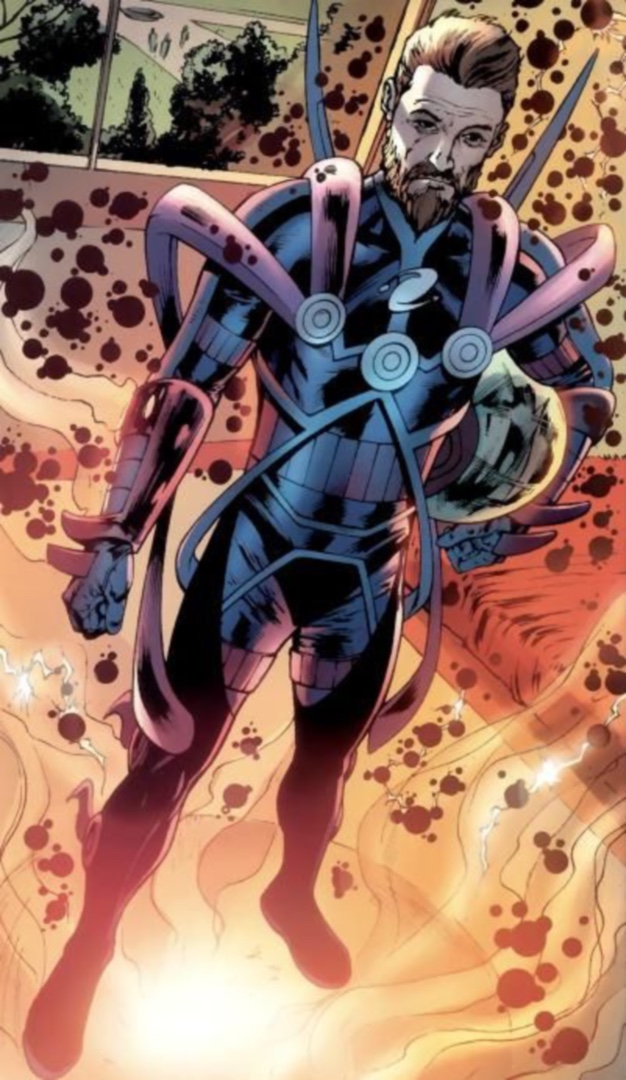
Now, with He Who Remains seemingly dead at Sylvie's hands, the Multiverse seems to be rapidly, uncontrollably expanding, likely leading directly to the circumstances of Doctor Strange in the Multiverse of Madness.
Beyond all of that, there are all the ways Kang's presence could affect other Marvel characters' introductions to the MCU - namely the Fantastic Four, or potentially even the X-Men.
For one thing, there's the possibility that this version of Kang/Nathaniel Richards actually is Reed Richards's father - which would open up a whole other can of worms about the future of the MCU and how the Fantastic Four may come to join the film franchise, especially if that meant MCU Reed Richards would be born in the 31st century.
And of course, there's the chance that Kang and his Multiversal mayhem could be the ticket to bringing in the X-Men in some form or fashion - especially considering Deadpool is making the jump from Fox's X-Men franchise to the MCU in November 2024's Untitled Deadpool Movie, and bringing Hugh Jackman's Wolverine along with him.
Whatever the case, the floodgates that have been opened by the first appearance of one of Kang's variants in the MCU mean that anything - and anyone - is now fair game for the MCU, especially with Secret Wars on the horizon.
Kang is bar-none one of the greatest time-traveling villains of all time.
I've been Newsarama's resident Marvel Comics expert and general comic book historian since 2011. I've also been the on-site reporter at most major comic conventions such as Comic-Con International: San Diego, New York Comic Con, and C2E2. Outside of comic journalism, I am the artist of many weird pictures, and the guitarist of many heavy riffs. (They/Them)



